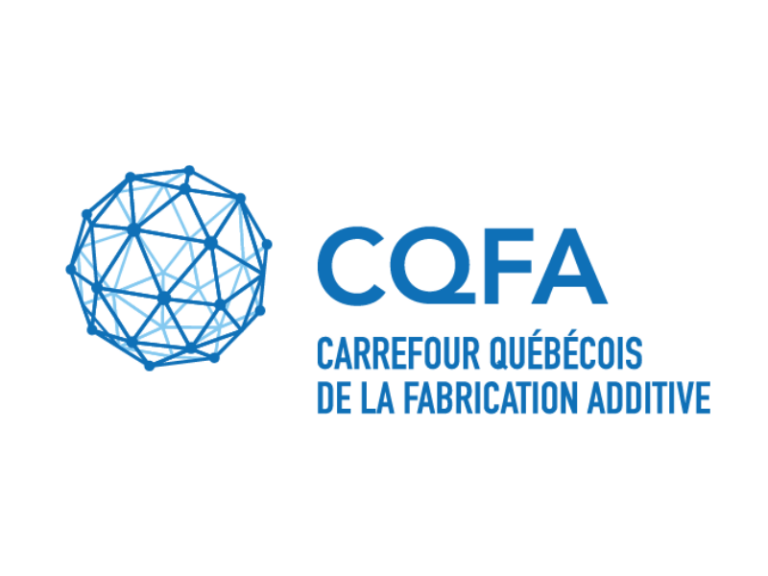
2024/07/11
Advanced 3D-printed PVDF/BT piezoelectric energy harvester with a bio-inspired 3D structure for a self-powered smart mouse
Megdich, A.; Habibi, M.; Laperrière, L.; Li, Z.; Abdin, Y. (2024). Advanced 3D-printed PVDF/BT piezoelectric energy harvester with a bio-inspired 3D structure for a self-powered smart mouse. Nano Energy (2024). Vol. 128, Part A, 109876.
Piezoelectric polymers such as poly(vinylidene fluoride) (PVDF) exhibit remarkable flexibility, lightweight, durability, and biocompatibility compared to their ceramic counterparts. This unique characteristic makes them highly suitable for harvesting mechanical vibrations. However, conventional manufacturing methods mainly result in two-dimensional (2D) piezoelectric energy harvester (PEHs) structures. This confines the internal stress and, as a result, limits their potential voltage output. This study introduces an innovative bio-inspired three-dimensional (3D) structure crafted through fused deposition modeling (FDM). Barium titanate (BT) nanoparticles were added as piezoelectric fillers to improve the performance of the PEH. The obtained nanocomposite was poled under optimal poling conditions, achieving a β-phase fraction of 95,72 %, a piezoelectric charge coefficient (d33) of 28 pC/N, and a permittivity of 24.2 at 100 Hz. A parametric study was performed through numerical analysis, resulting in an effective and optimized structural configuration. The combined excellent piezoelectric properties of the nanocomposite with the optimized structure enabled the PEH to generate an open-circuit voltage of 30.8 V, enabling it to charge a commercial 1 μF capacitor to 25 V in just 260 s. The bioinspired PEH demonstrates its practical application by powering an innovative device known as the “smart mouse,” showcasing its utility and potential in real-world applications.
Other news
-
Advanced 3D-printed PVDF/BT piezoelectric energy harvester with a bio-inspired 3D structure for a self-powered smart mouse
2024/07/11
This study introduces an innovative bio-inspired three-dimensional (3D) structure crafted through fused deposition modeling (FDM). Keywords: Additive manufacturing – FDM – Piezoelectric polymers – Energy harvester – Mechanical properties - Scientific publication.